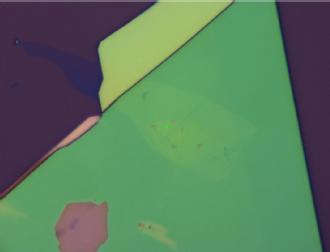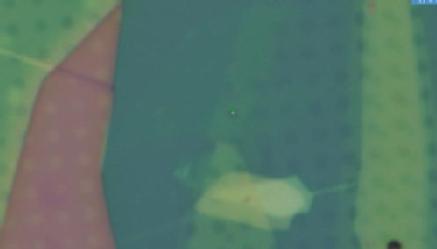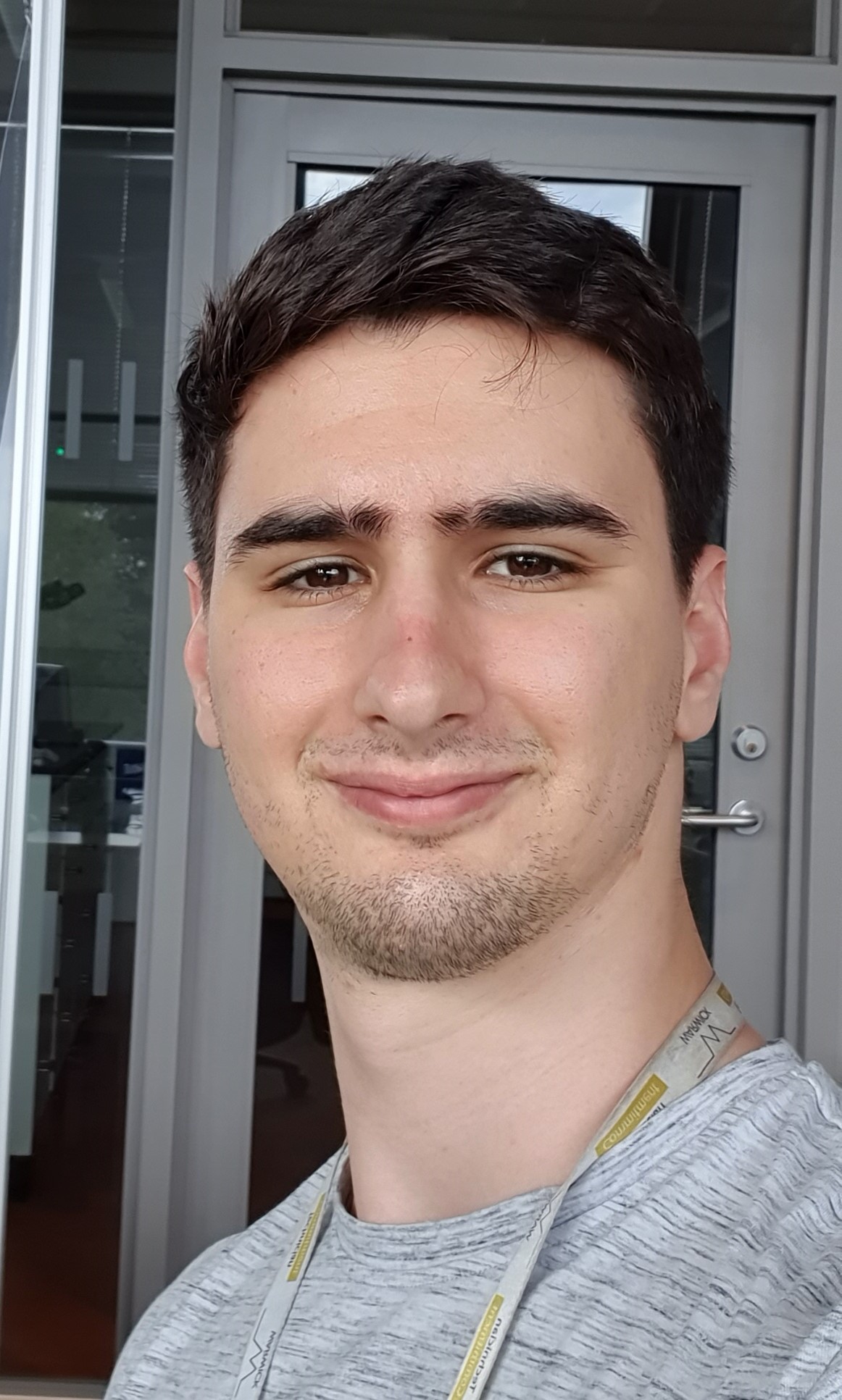Matteo Borghi
Current Research:
Van der Waal stuctures are fabricated by layering 2D materials on top of each other, much like Lego. However, this introduces a new degree of freedom: twist angle. It has been shown that twist angle can have important effects on the properties of the structure. For example magic angle twisted bilayer graphene can be a Mott insulator or a superconductor depending on its carrier density, but only at the magic angle [1]. For a group of semiconducting 2D materials called transition metal dichalcogenides, the twist angle is predicted to result in single photon emitters [2]. These emitters have a variety of applications, particularly to quantum communication and quantum computing [3,4]. My project is to isolate the emitters from eachother, such that only one emitter actually emits when the Van der Waal structure is excited with a laser.
[1] Xie, Y., Lian, B., Jäck, B. et al. Nature 572, 101–105 (2019).
[2] Yu, H. et al. Science Advances, 3(11), p. e1701696 (2017).
[3] Kok, P. et al. Reviews of Modern Physics. APS, 79(1), p. 135 (2007).
[4] Alléaume, R. et al. New Journal of Physics. IOP Publishing, 6, pp. 92–92 (2004)
Research Images:
|
An encapsulated heterostructure made of WSe2 and WS2. |
|
Background:
I studied my MSci at King's College London, where my third year project was on computationally modelling supersonic flow, while my Masters project was a DFT investigation into the properties of thin film perovskite materials. This last project developed my interest in low dimensional materials, particularly applications to the electronics industry and quantum technology.



